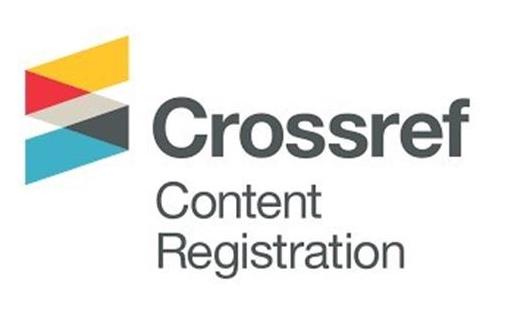Submissions
Submission Preparation Checklist
As part of the submission process, authors are required to check off their submission's compliance with all of the following items, and submissions may be returned to authors that do not adhere to these guidelines.- The submission has not been previously published, nor is it before another journal for consideration.
- The manuscript submission file is in Microsoft Word and follows the instructions for authors.
- Whenever available, DOI and URLs for the references are provided.
- The text adheres to the stylistic and bibliographic requirements outlined in the Author Guidelines.
- Images are placed in the text and are also submitted separately in JPG format (or compatible) with a resolution of at least 300 dpi.
- Graphics are placed in the text and are also submitted separately in their original file (Excel).
- Manuscript files are anonymized and do not include (in the text, in footnotes or in document properties) any information that reveals the identity of the authors in order to ensure blind peer review.
- Tables are placed in the text in an editable format.
ARTICLES
Section default policy
Copyright Notice
Authors retain copyright, without restrictions, in their articles and grant the journal right of first publication with the work simultaneously licensed under Creative Commons Attribution ShareAlike Licence 4.0 International (CC BY-NC-SA). Readers are free to copy, display, distribute, and adapt an article, as long as the work is attributed to the author(s) and ESC, the changes are identified, and the same license applies to the derivative work. Only non-commercial uses of the work are permitted.
Privacy Statement
The names and email addresses entered in this journal site will be used exclusively for the stated purposes of this journal and will not be made available for any other purpose or to any other party.







